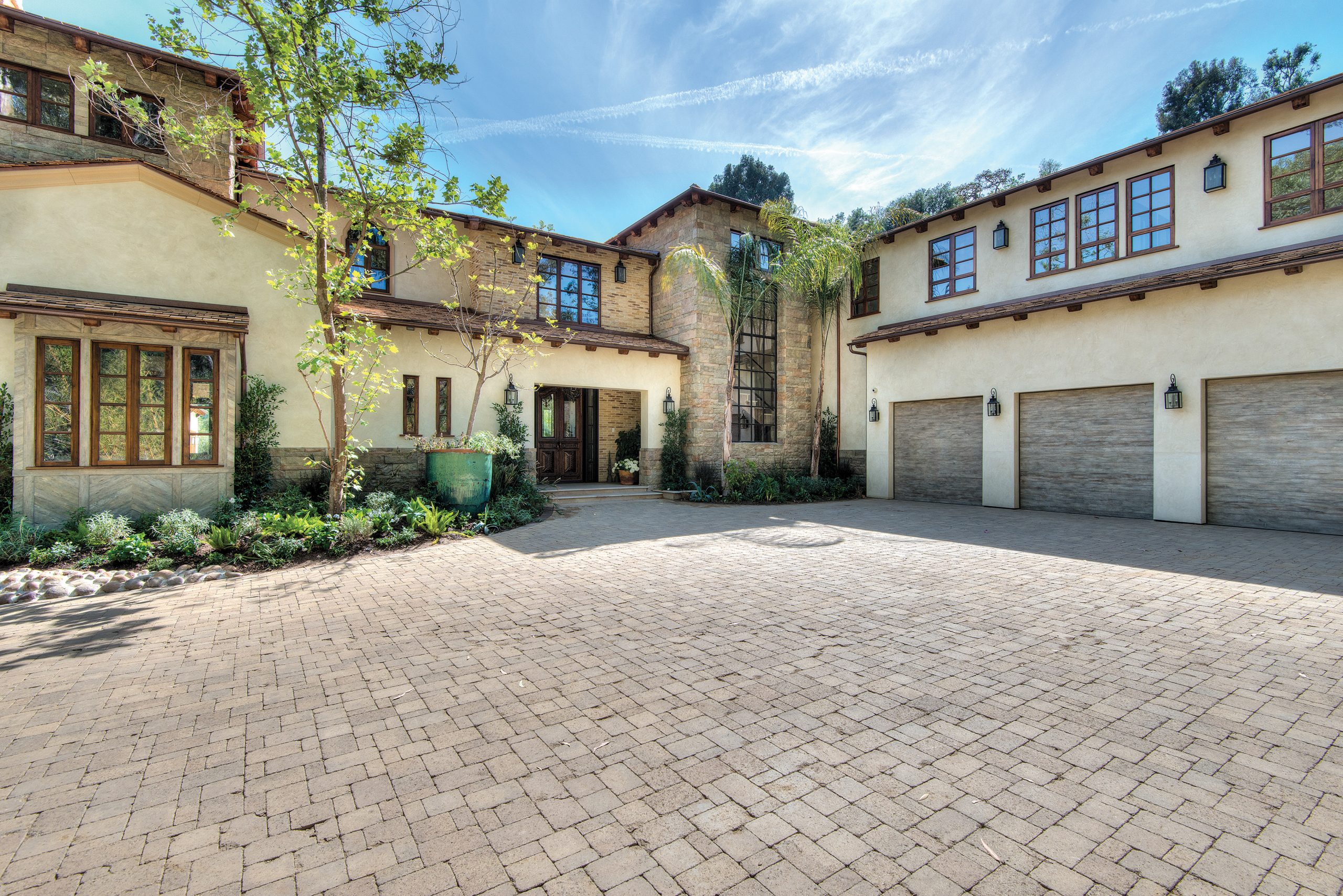What is a Delaware Statutory Trust (DST) Replacement Property in a 1031 Exchange?
Delaware Statutory Trusts, commonly referred to as DSTs, represent a popular choice for individuals who qualify as accredited investment property owners and seek to avoid the responsibilities of active property management as part of their 1031 Exchange replacement property strategy. DST investors hold a "beneficial interest" in the trust, granting them an "undivided fractional interest" in the investment property held by the trust. Typically, DSTs focus on high-quality institutional properties.
A single DST entity may possess multiple properties, but each trust typically specializes in a particular property type. Typically, DST properties are held for durations ranging from 3 to 10 years. Upon the sale of the DST property, investors receive the full sales proceeds, including any potential appreciation. At this point, they can decide to initiate another Exchange, pay taxes on the gains, or opt for a combination of both strategies. Furthermore, if the DST has been structured as a 721 UpREIT, investors have the option to convert their ownership in the DST to ownership in a Real Estate Investment Trust (REIT), which is further elaborated upon in the section labeled "DST Disposition Options.
Utilizing DSTs in a 1031 Exchange

- Freedom from Management Obligations
The DST acts as the exclusive owner and makes prompt decisions on behalf of investors.
- Estate Planning Benefits
All 1031 exchange investments result in a step-up in the cost basis, safeguarding heirs from inheriting capital gain liabilities and providing them with professional real estate management instead of hands-on responsibilities.
- Access to High-Quality Institutional Property
For most real estate investors, owning multi-million dollar properties is financially unattainable. DSTs enable investors to attain partial ownership in properties that would typically be beyond their reach.
- Safety Net with Insurance
In cases where investors cannot acquire their initially chosen property, a secondary DST option allows them to meet exchange deadlines and defer capital gains taxes.
- Limited Personal Liability
Loans are non-recourse for the investor, with the DST being the sole borrower.
- Lower Minimum Investment Requirements
DSTs can accommodate significantly lower minimum investments, as opposed to 1031 exchange minimums, which are often set at $100,000.
- Eliminating Taxable Boot
Any remaining profit from the sale of the relinquished property is classified as "boot." This surplus cash (boot) becomes taxable unless it is eliminated. Investors can invest the excess cash in a DST to avoid incurring taxes.
- Diversification Opportunities
Investors have the option to distribute their investments across multiple DSTs, potentially creating a more diversified real estate portfolio across various geographic locations and property types.
- Swap Properties Indefinitely
The DST structure allows investors to engage in a continuous cycle of exchanging real properties until the investor's passing.
We are not 1031 Exchange nor tax Advisors. We supply this information for your edification and can refer a good 1031 Exchange Advisor to you.




